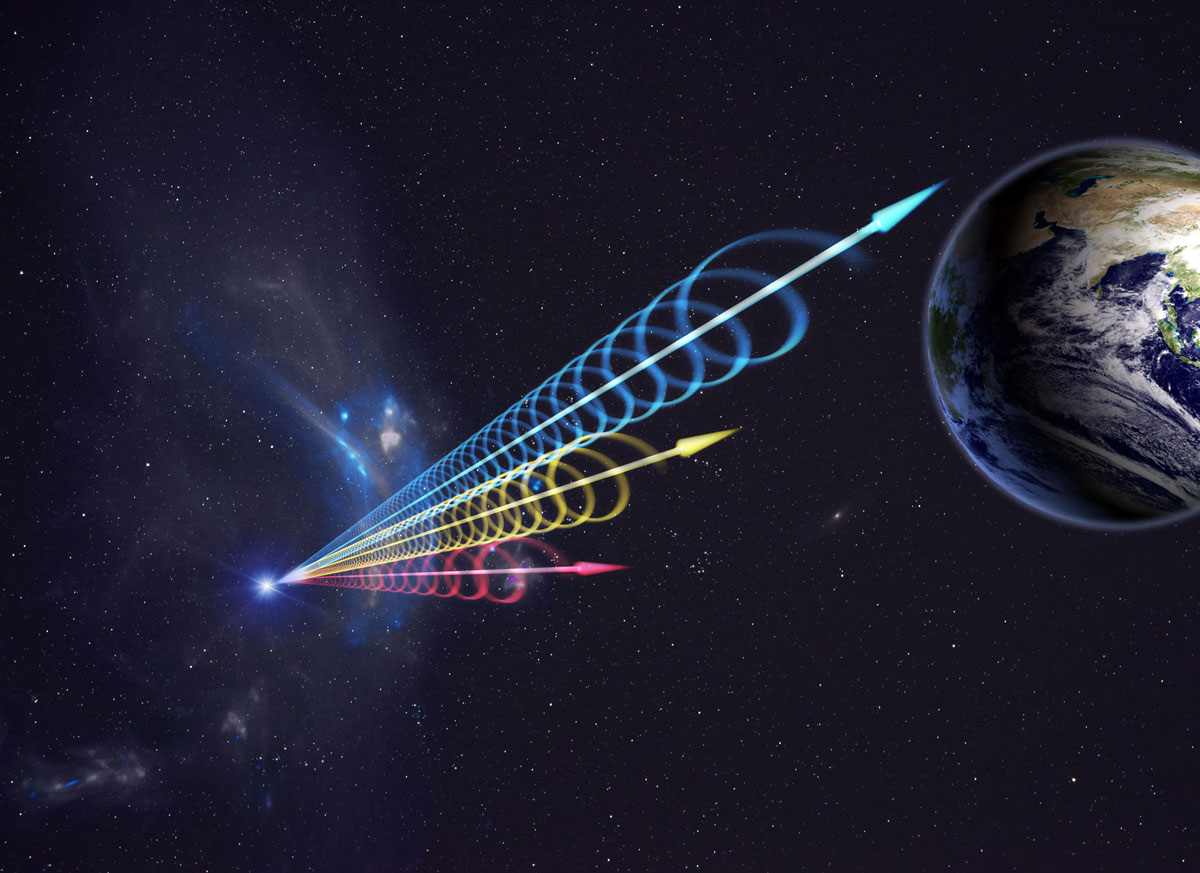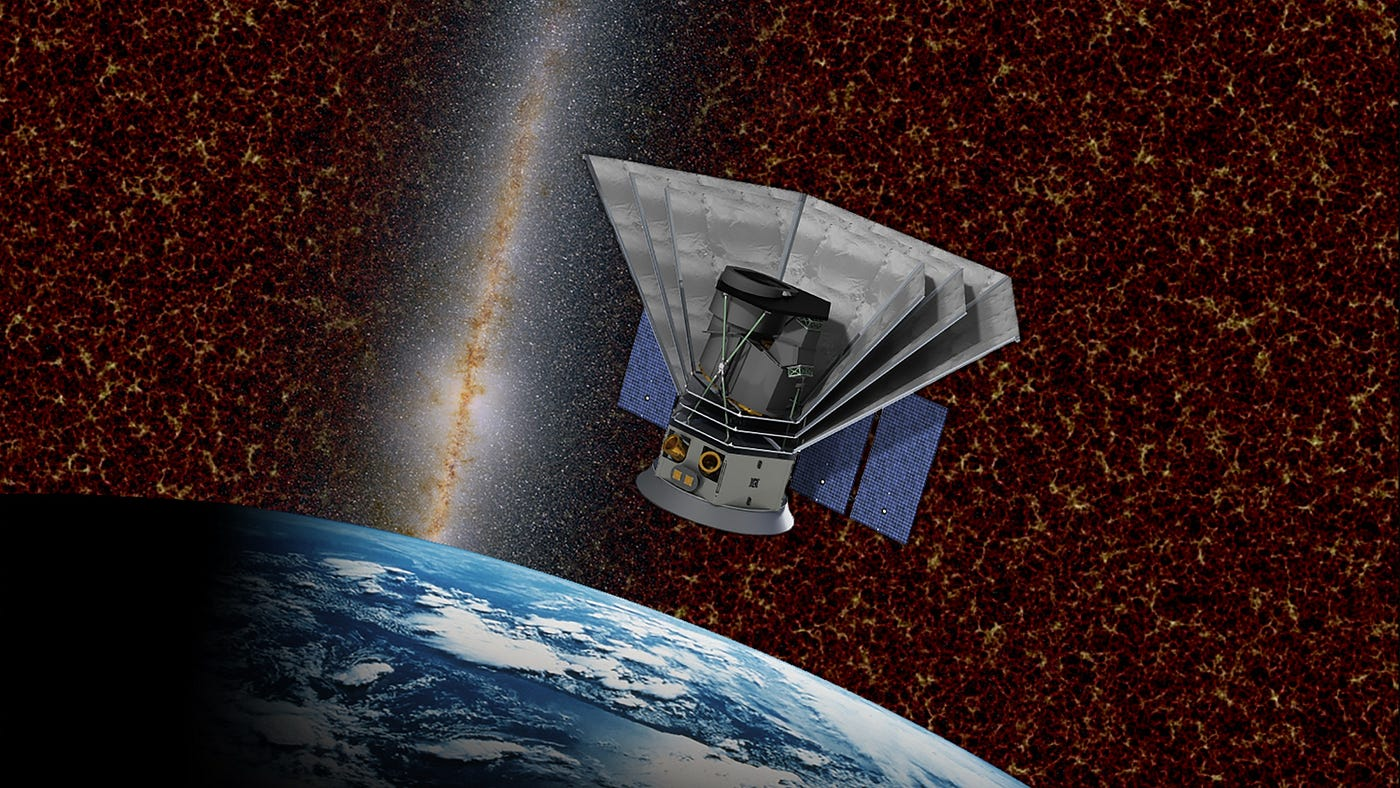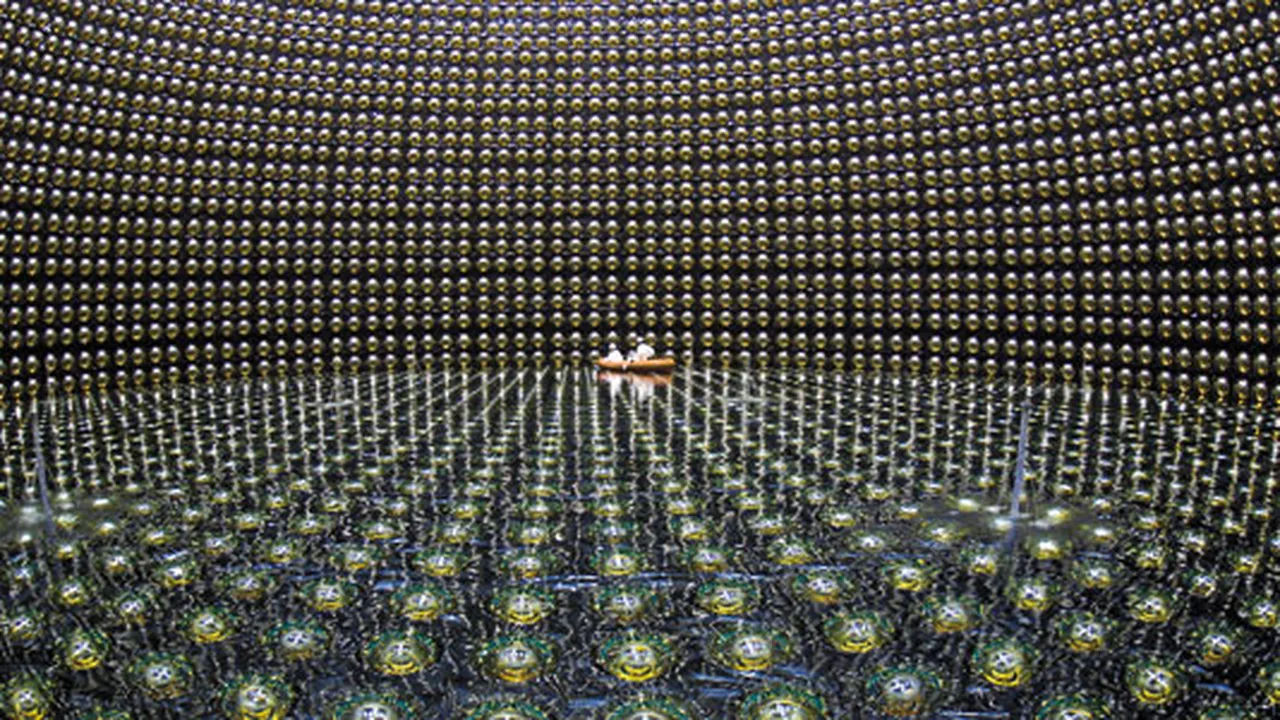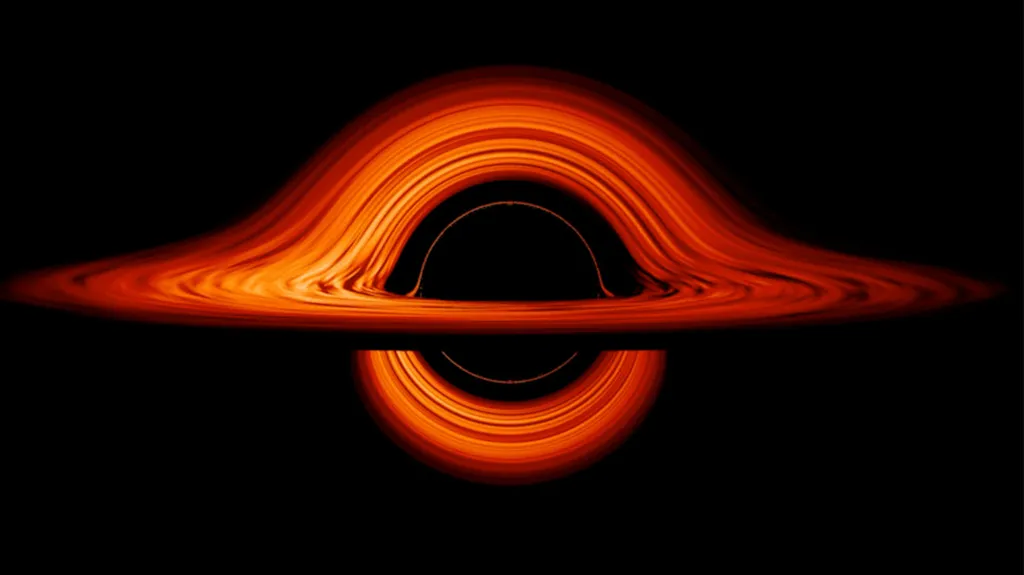First detected in 2007, Fast Radio Bursts (FRBs) are intense, millisecond-long flashes of radio waves originating from distant galaxies. Despite their brief duration, FRBs can emit more energy than the Sun produces in an entire day. Astronomers initially thought they were anomalies, but the growing number of detections—thanks to observatories like CHIME in Canada—confirms they are real cosmic phenomena. What makes FRBs even more mysterious is that most are one-off events, though a few repeat in unpredictable patterns.
Scientists are narrowing down possible sources, ranging from magnetars—extremely magnetic neutron stars—to interactions between black holes and neutron stars. The 2020 detection of an FRB within our own galaxy gave weight to the magnetar theory, but conclusive proof remains elusive. Advanced simulations and machine learning tools are now being employed to identify patterns and origins across vast data sets. These techniques are helping astronomers rule out human interference or local cosmic events.
FRBs represent a frontier in astrophysics, offering a potential new way to probe intergalactic matter and test fundamental physics. As our technology improves, so does our ability to capture and study these bursts. Understanding FRBs could unlock new insights into dark energy, galaxy formation, and the behavior of matter under extreme conditions—proving that even a cosmic whisper can have universe-shaking implications.







